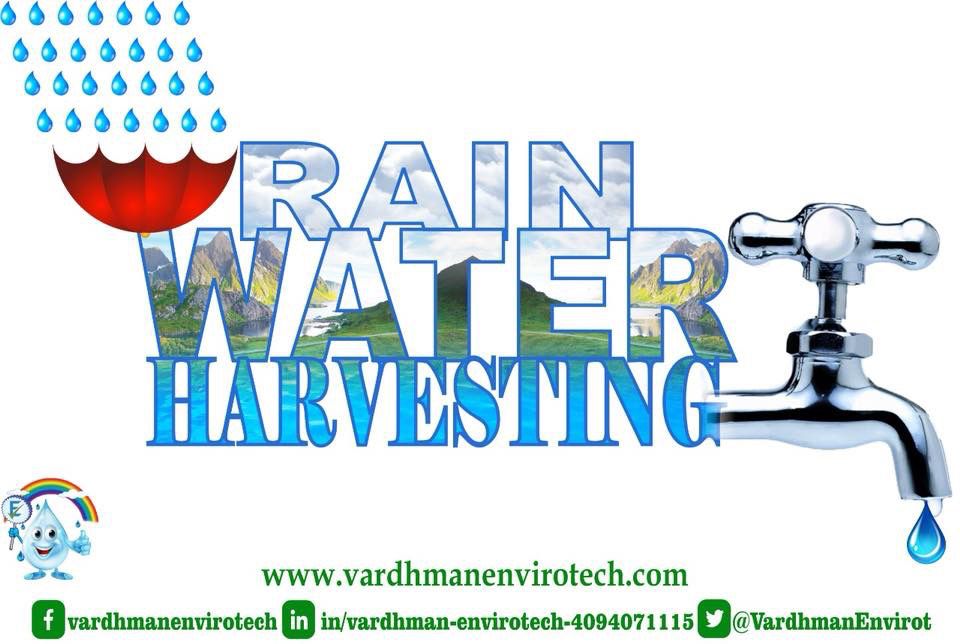PUNE: On average, Pune Municipal Corporation hands out 4,000 building permissions every year. The list includes redevelopment projects as well. The civic body even offers a discount on property tax for structures with rainwater harvesting (RWH) systems. Yet, it still doesn’t have a single empanelled expert citizens can consult with, to get these systems installed.
This lapse has derailed PMC’s push to have more rainwater harvesting in the city. The civic body is supposed to verify the RWH units before granting building permissions. But since it doesn’t have any experts it can summon, the verification process has turned into something of a formality — permissions are being given based on just a physical inspection of the pipes and pits.
It’s also not as if PMC can ignore this lapse. Data shows nearly three lakh properties in Pune — both commercial and residential — have the potential to set up viable rainwater harvesting systems. These systems are critically important for Pune, where despite bountiful rain each year, hundreds of housing societies continue to be fed by water tankers.

Other experts TOI spoke to said harvesting rainwater is not as easy as it sounds. Several important processes have to be followed for a system to become viable.
“Many factors, including topography, have to be studied in locations where RWH units have been planned,” said Himanshu Kulkarni, an expert.
“Aquifers in an area and probability of the project’s success must be taken into consideration as well. Essentially, the final decision should only be taken after a survey of the location and after checking whether the project will really help recharge groundwater,” Kulkarni said.
Shashank Deshpande, a retired senior geologist with the Groundwater Surveys and Development Agency, Pune (GSDA) said the lack of PMC-empanelled experts also places citizens at risk of being misguided or even cheated.
“Many are out to serve their own interests and may not give the best advice. Citizens should be careful while approaching the contractors or agencies for doing the rainwater harvesting. They may end up being misguided under the garb of rainwater harvesting,” he said.

According to experts, a committee at the civic administration-level is a must to verify if rainwater harvesting is being done properly, or not. Many citizens, they said, do not know whom to approach for the right information. Most property owners, in fact, simply end up storing rainwater, instead of using it to recharge the water table below.
The experts also observed that a number of professional organisations are indeed working in the field of rainwater harvesting, but they operate on an industrial level. In this situation, it becomes difficult to find agencies
that could help guide small housing societies, where harvesting pits could help reduce the dependence on water tankers. Residents of most of these housing societies, the experts said, are being forced to hire and rely on plumbers, civil contractors or architects to get RWH units affixed to their homes.
Ravindra Sinha, from the Bhujal Abhiyan, an organisation working for the ground water conservation, said: “Property owners should refer to groundwater recharge priority maps, which will give them an idea on the need and usability of rainwater harvesting projects at their locations. It will also give them information about the topography of the nearby areas. These maps are available with agencies such as the GSDA. ”
“But unless there’s guidance, we won’t know what will work,” said Rajan Shankar, a resident of Vishrantwadi.”We’ve had it with water tankers and want an RWH unit installed. But there’s no one we can completely rely on. RWHs are not like solar panels that have many vendors,” he said.
According to PMC, only 5-8% of 10 lakh registered properties currently have RWH units.
Vardhman Envirotech
India’s Passionate rainwater company
This article is published on: THE TIMES OF INDIA 14 June/2023
We would like to spread this for the benefit of fellow Indians.
